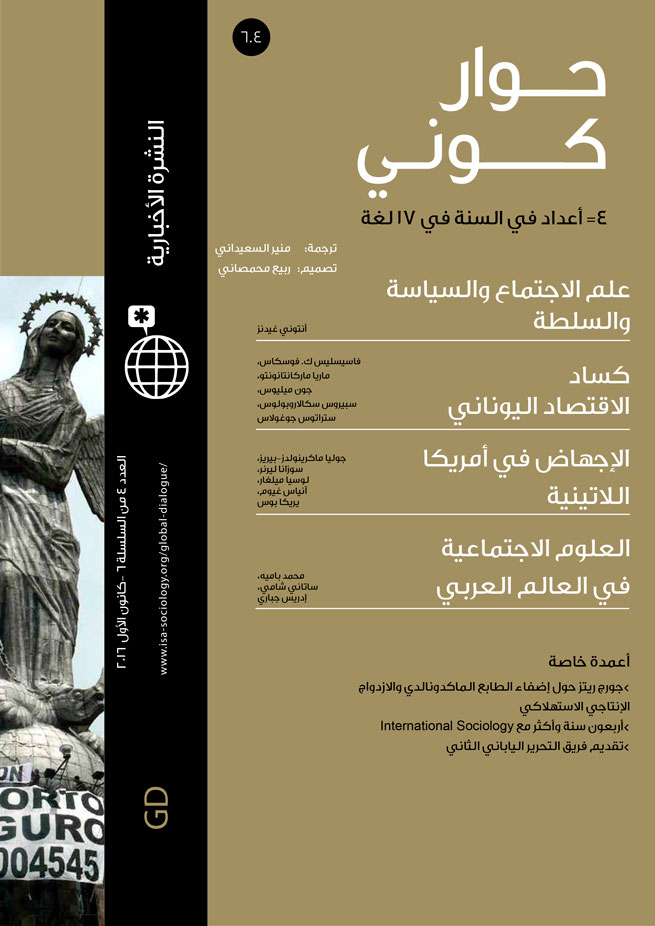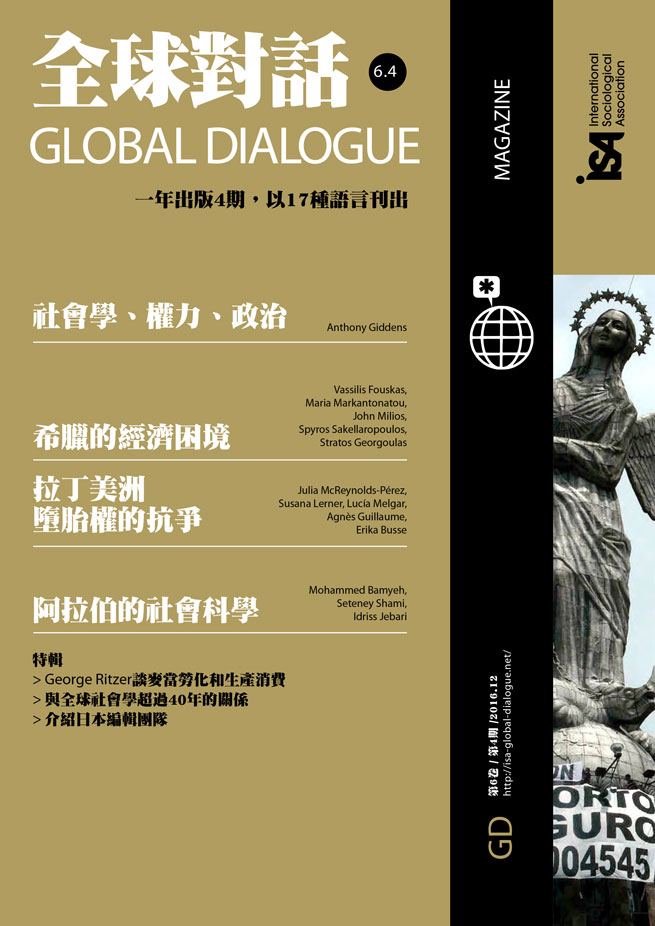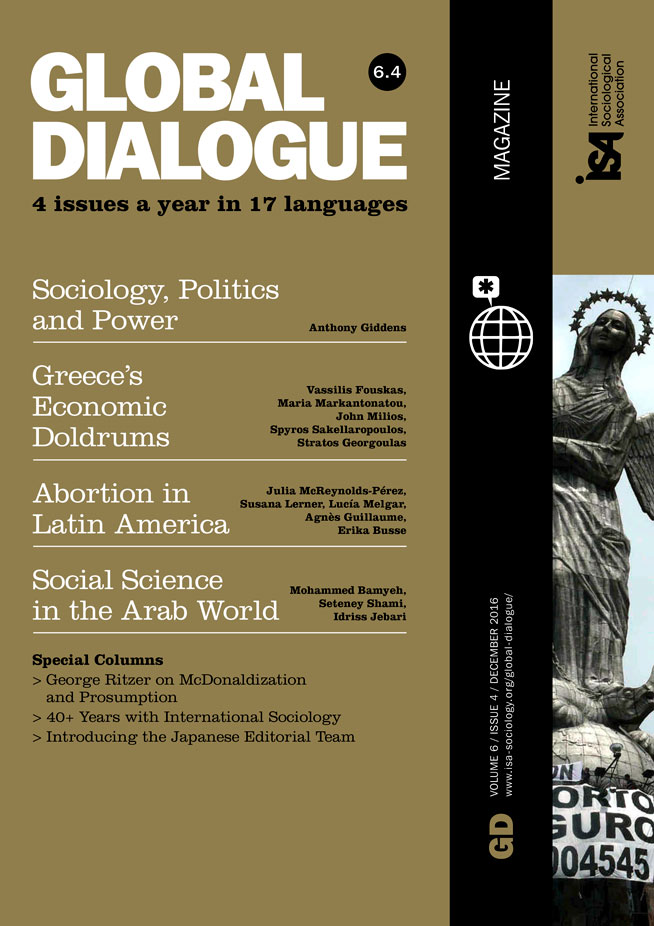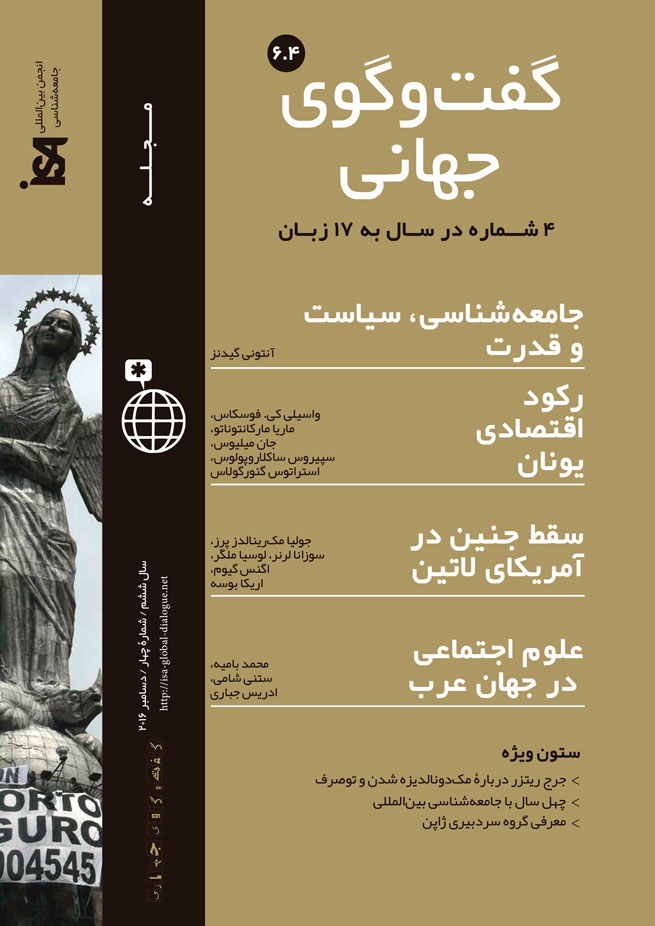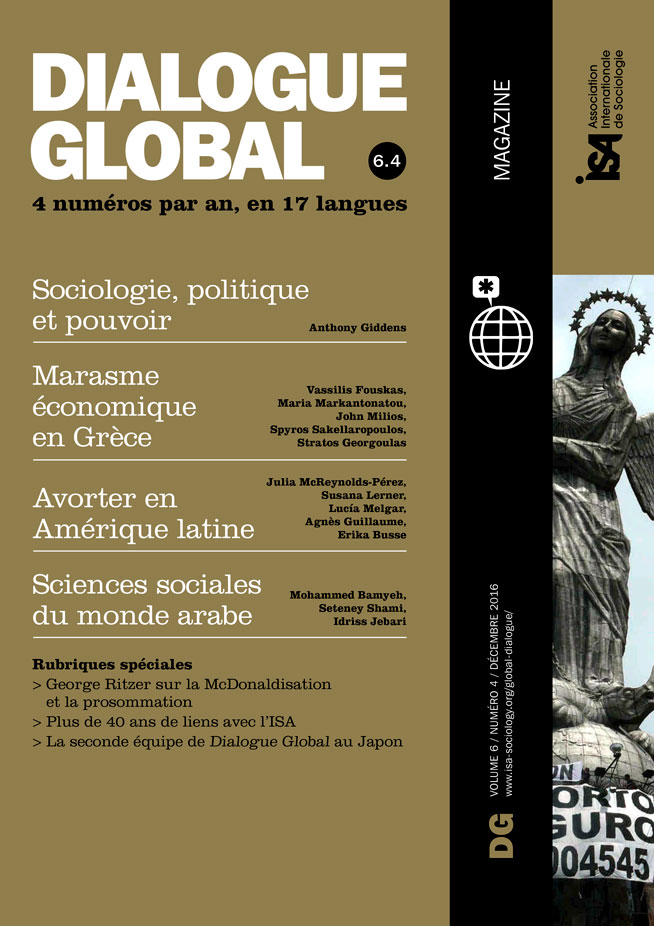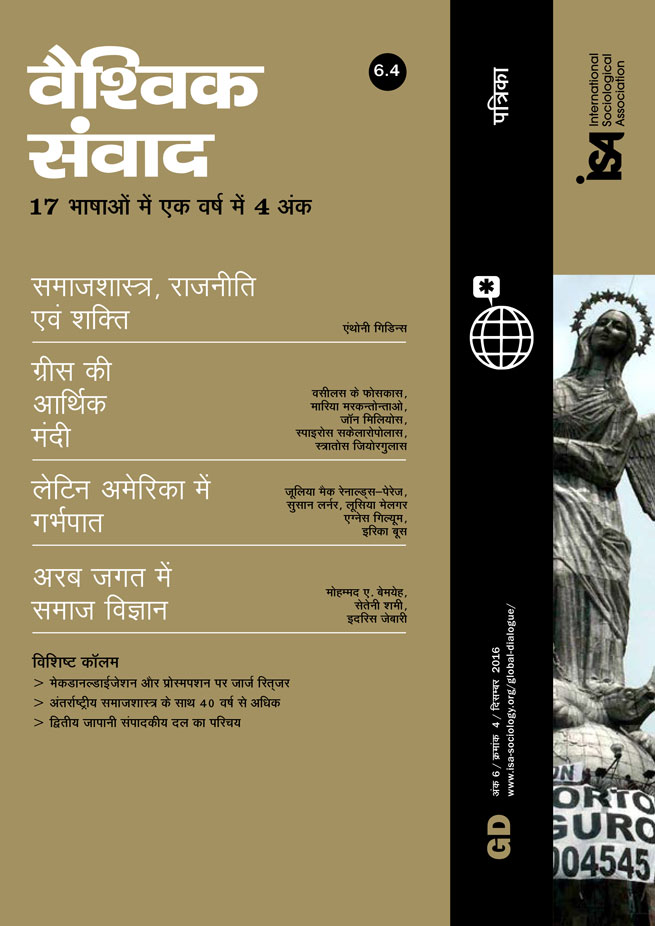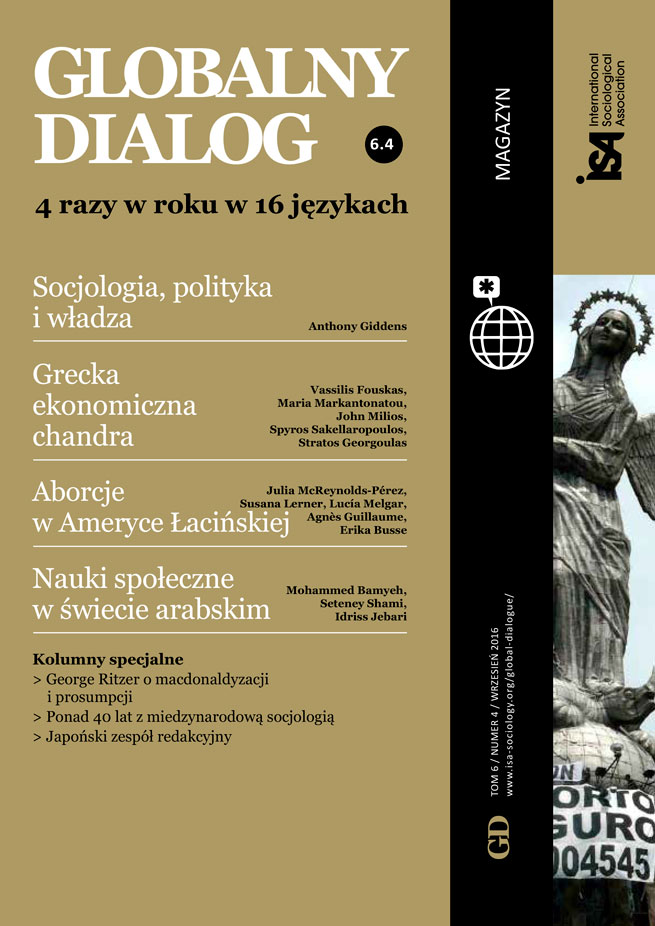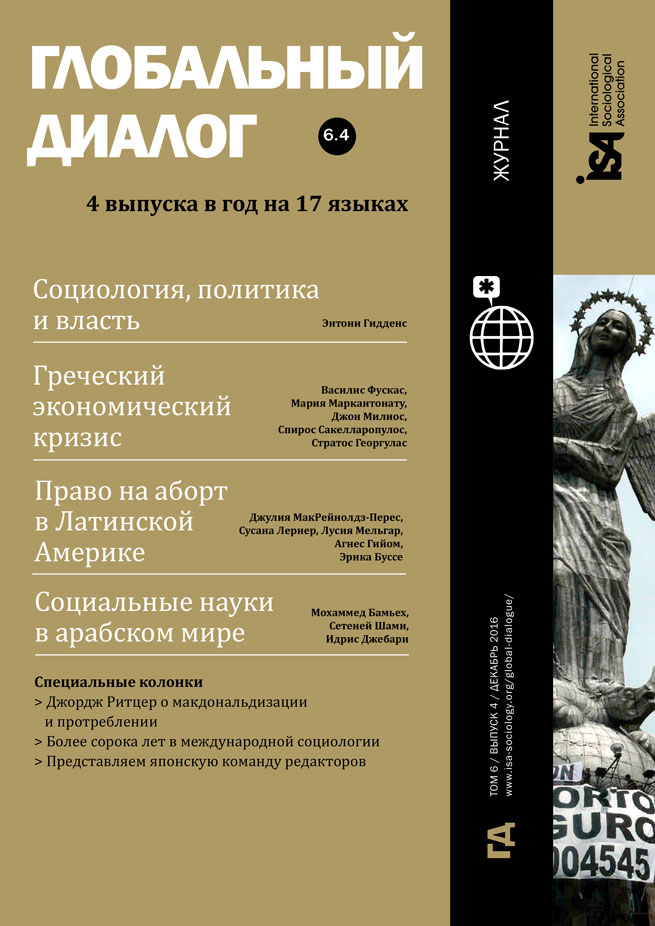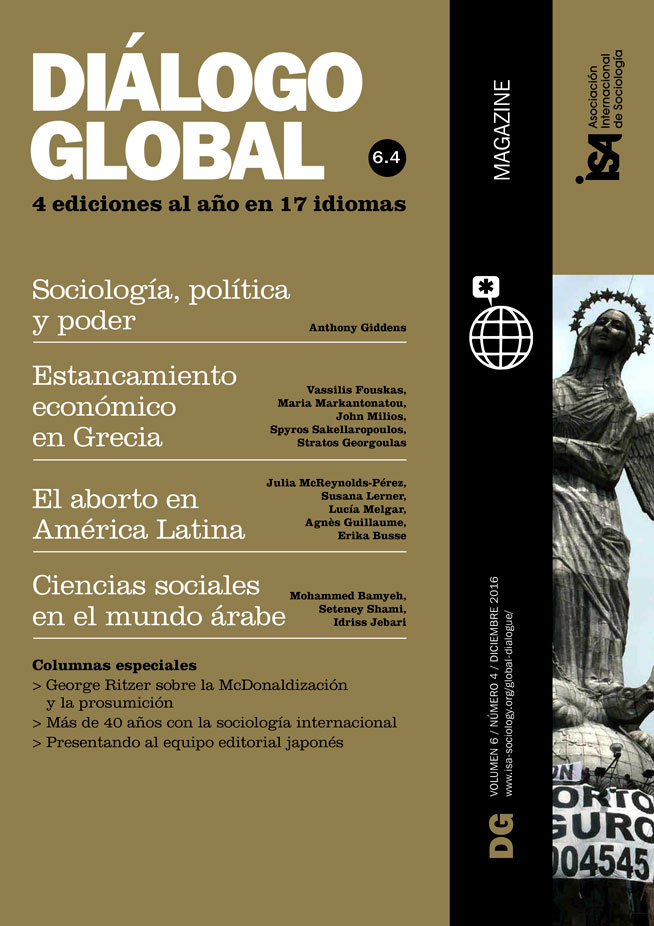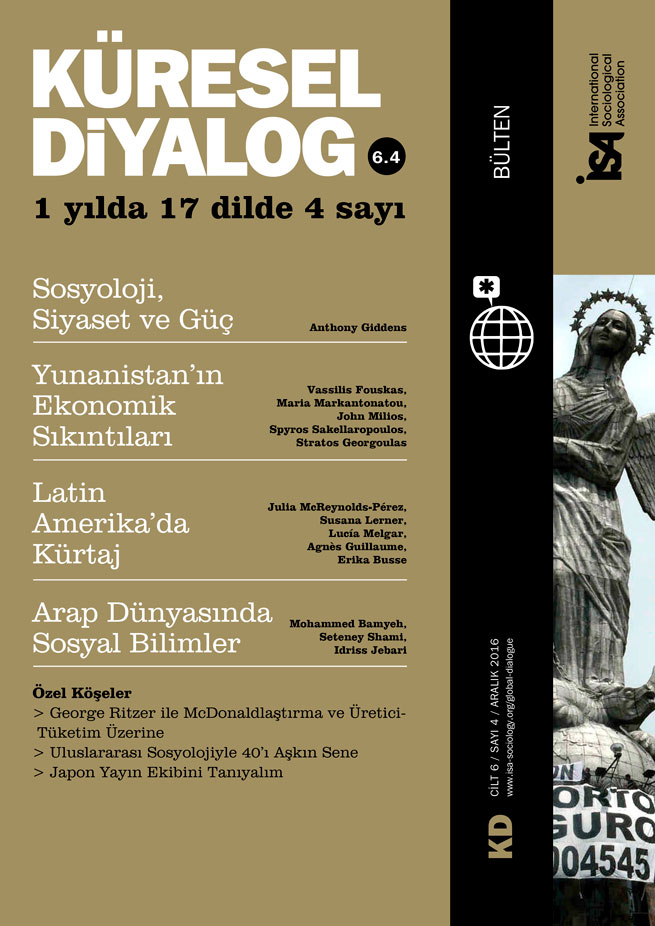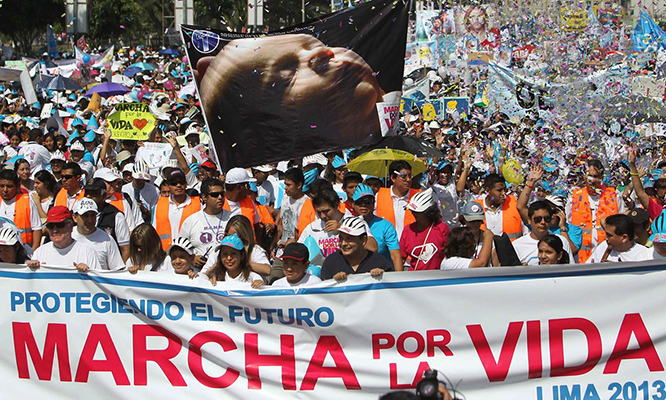Read more about Abortion Politics in Latin America
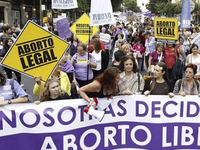
Mexico’s Reversal of Abortion Rights
by Susana Lerner, Lucía Melgar and Agnès Guillaume

Argentina’s Abortion Activism in the Age of Misoprostol
by Julia McReynolds-Pérez
December 02, 2016
In mid-August 2016, thousands of Peruvians took to the streets of Lima, mobilized by the slogan “Ni Una Menos” [“Not One Less”]. Among the protestors were Peru’s recently-elected president, survivors of physical and sexual violence, members of women’s and feminist organizations, political party affiliates, and ministers and congressional representatives. Denouncing violence against women, the march has been described as one of Peru’s most important social mobilizations of the last 40 years, as women and men, girls and boys, parents and children, grandparents and their grandchildren marched side by side.
The catalyst for the demonstration was a video showing a woman being dragged by her hair by her ex-boyfriend in the reception area of a hotel. The case, however, was dismissed; the judge concluded that the woman’s injuries suggested no intent to rape or murder.
Under the slogan “When one is hit, all of us are hit,” the collective “Ni Una Menos” called on Peruvians to protest violence and discrimination against women. Even the organizers were surprised by the massive response – a response that paralleled similar recent mobilizations across Latin American cities, all demanding an end to blatant violence against women and a broken system of justice. For many Latin Americans, these demonstrations indicate a moment of hope: things are changing and women’s issues, particularly violence against women, are at the forefront of public consciousness.
The focus on violence against women – and on the impunity granted to aggressors – marks a shift in the way Latin American feminists frame demands around reproductive rights. By reframing the debate about abortion in terms of “sexual violence against women (and minors),” and by highlighting “forced motherhood” (or forced clandestine abortion), feminists have reframed the debate to focus on violence from the state on top of sexual violence itself – in contrast with the previous framing, which focused on reproductive rights as a matter of individual choice.
The violence against women frame combats ideas that abortion is a result of a woman’s “selfish” desire after promiscuous behavior, instead focusing on violence against women as a moral issue. To oppose the campaign would be to suggest that violence against women doesn’t exist, or doesn’t matter. This potentially powerful framing does have the downside of casting women as victims, potentially reinforcing longstanding gender stereotypes and hierarchies. Nonetheless, the switch from framing access to abortion in terms of women’s rights, to linking it to the elimination of sexual violence seems to have expanded popular support for efforts to decriminalize abortion in case of rape.
Instead of focusing simply on the state to decriminalize abortion, activists are also appealing to civil society, to professionals like doctors and to members of religious groups, seeking to change the way Peruvians think about women’s rights and violence against women. This broad shift from a reproductive rights framing to a focus on sexual violence has provided the basis for a broader movement, bringing in other groups, including LGBT activists, women’s grassroots organizations, Catholic groups, youth, and celebrities. Decriminalizing abortion in cases of rape seems to have gained support in the larger Peruvian society rather than just among a “few” feminists. The campaign combines a bottom-up approach (especially, collecting signatures from ordinary Peruvians) and a top-down approach (a TV advertising campaign involving celebrities, artists, and politicians, as well as ordinary citizens). Together with collectives like Alfombra Roja (Red Carpet), the campaign has recruited supporters at demonstrations and fairs. In a context in which there is a low trust in state institutions, the campaign’s emphasis on citizen involvement underscores the commitment of activists to making democracy work.
So far, this new framing has failed to generate a strong response from legislators. In Peru, for example, an attempt to change the Peruvian constitution to permit abortion in cases of rape failed to gain traction; similarly, a Congressional bill that would have decriminalized abortions in case of rape was shelved. Apparently, while most legislators sympathize with the victim of physical violence that produces bruises and broken bones, when physical violence (rape) results in pregnancy, the question of whose rights should prevail becomes a moral issue.
Even so, there has recently been some slight movement in public discourse and policy. In 1924, the Peruvian penal code decriminalized therapeutic abortion in cases where the life of the pregnant woman is at risk, but created no protocol allowing medical personnel to provide abortion in these cases – meaning that any doctor who made the decision to terminate a risky pregnancy could wind up in prison. For the next 90 years, most doctors were understandably reluctant to perform abortions under any circumstances.
In 2014, however, despite widespread criticism, especially from Catholics and Evangelicals, Peru finally adopted a protocol through which doctors can get approval to terminate risky pregnancies. Barriers to full implementation remain: some doctors do not know how to carry out abortions, women lack information, and fear and shame discourage use of the protocol even when the pregnant woman’s life is in danger.
The adoption of this new protocol may indicate that framing abortion rights as a matter of women’s health may be more successful than presenting it as a matter of reproductive rights. As the massive “Ni Una Menos” march suggests, women’s issues may have moved to the front of Peru’s political debate; but whether this will bring meaningful change, particularly in the treatment of femicide, remains to be seen.
Erika Busse, University of the Pacific, Peru and member of ISA Research Committees on Migration (RC31), Women and Society (RC32), Social Movements, Collective Action, and Social Change (RC48) and Family Research (RC06) <e.busse@up.edu.pe>
This issue is not available yet in this language.
Request to be notified when the issue is available in your language.
If you prefer, you can access previous issues available in your language:
